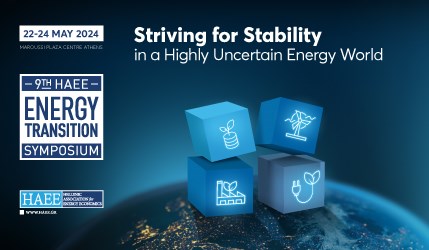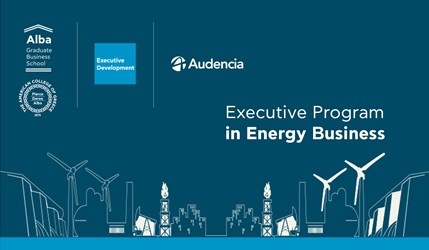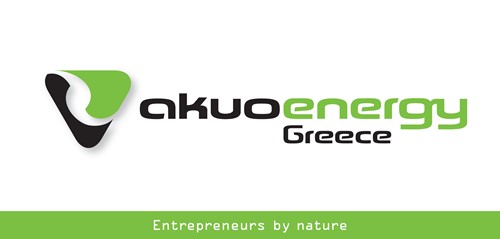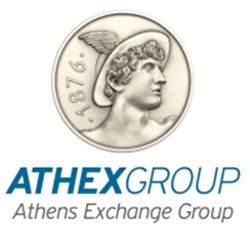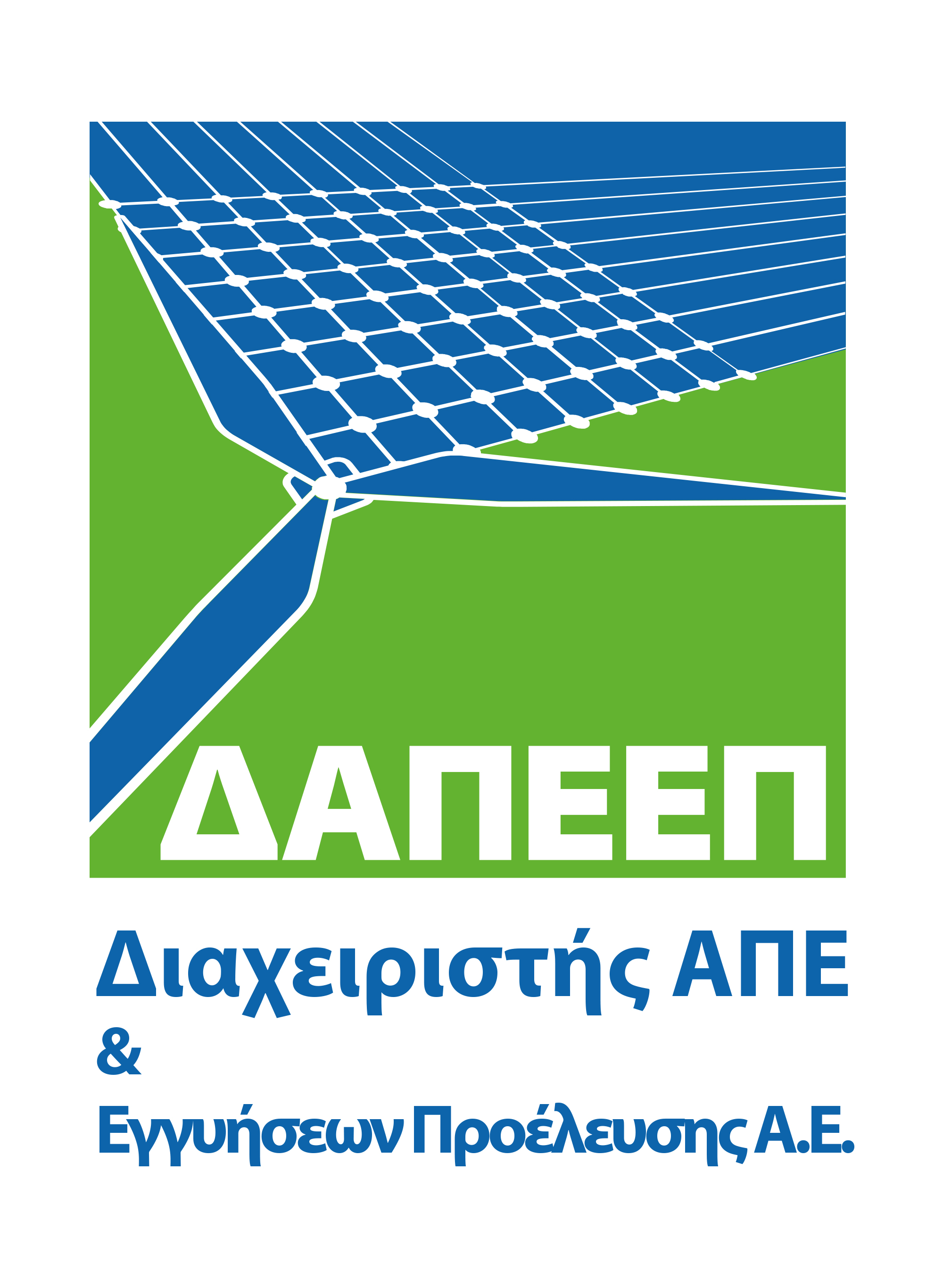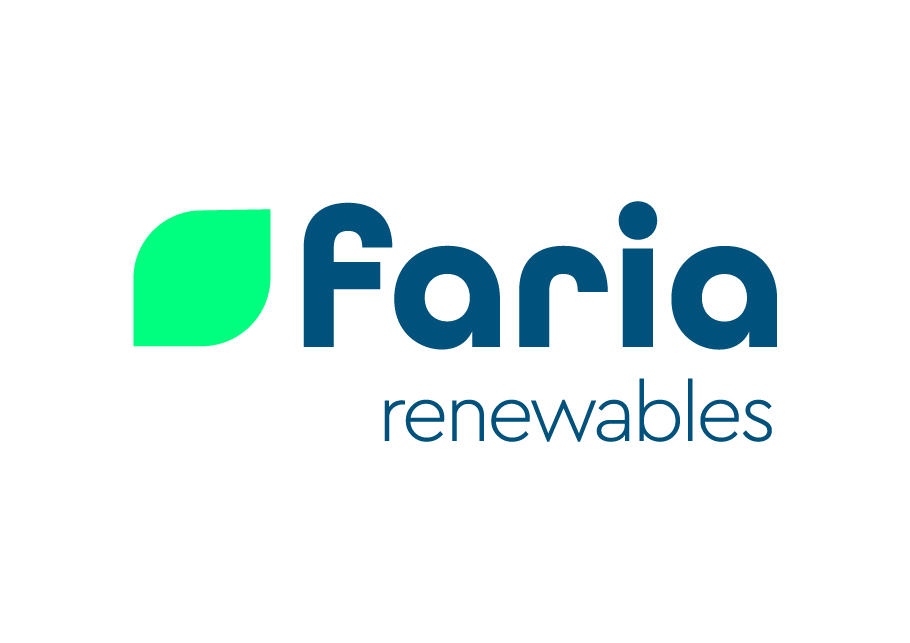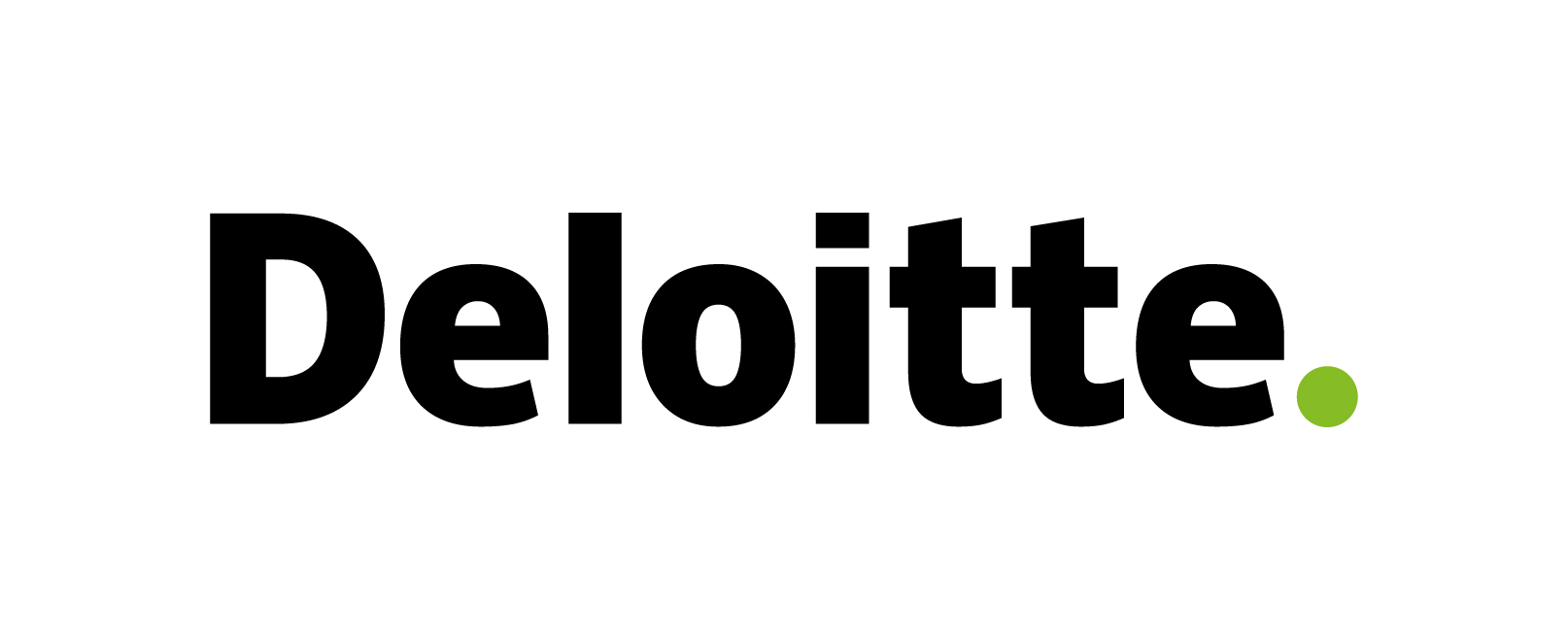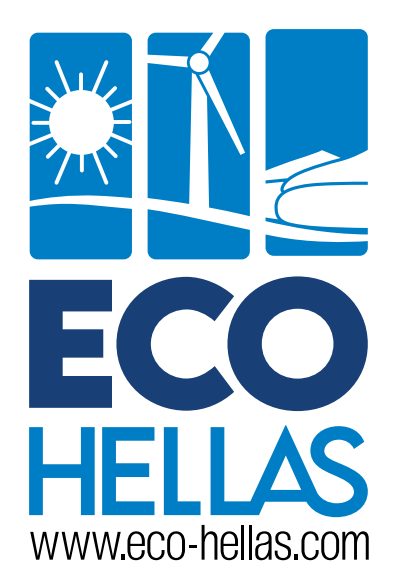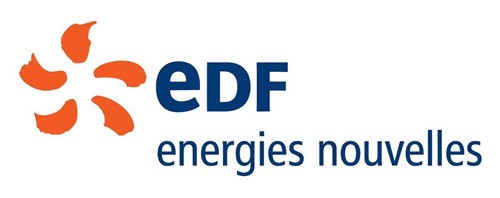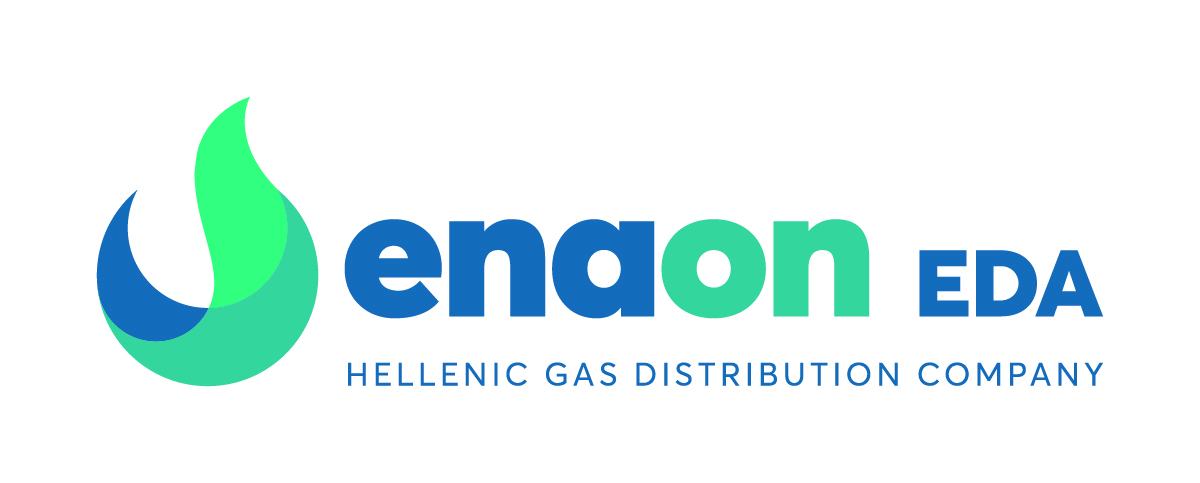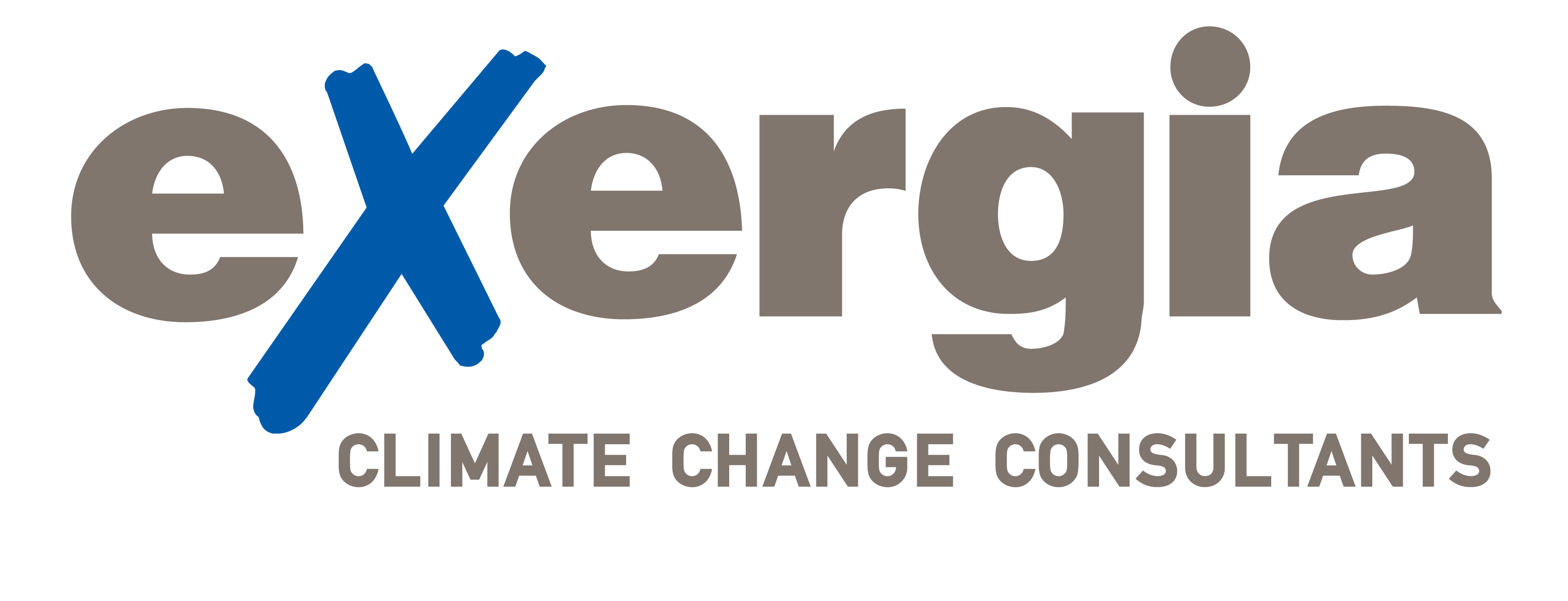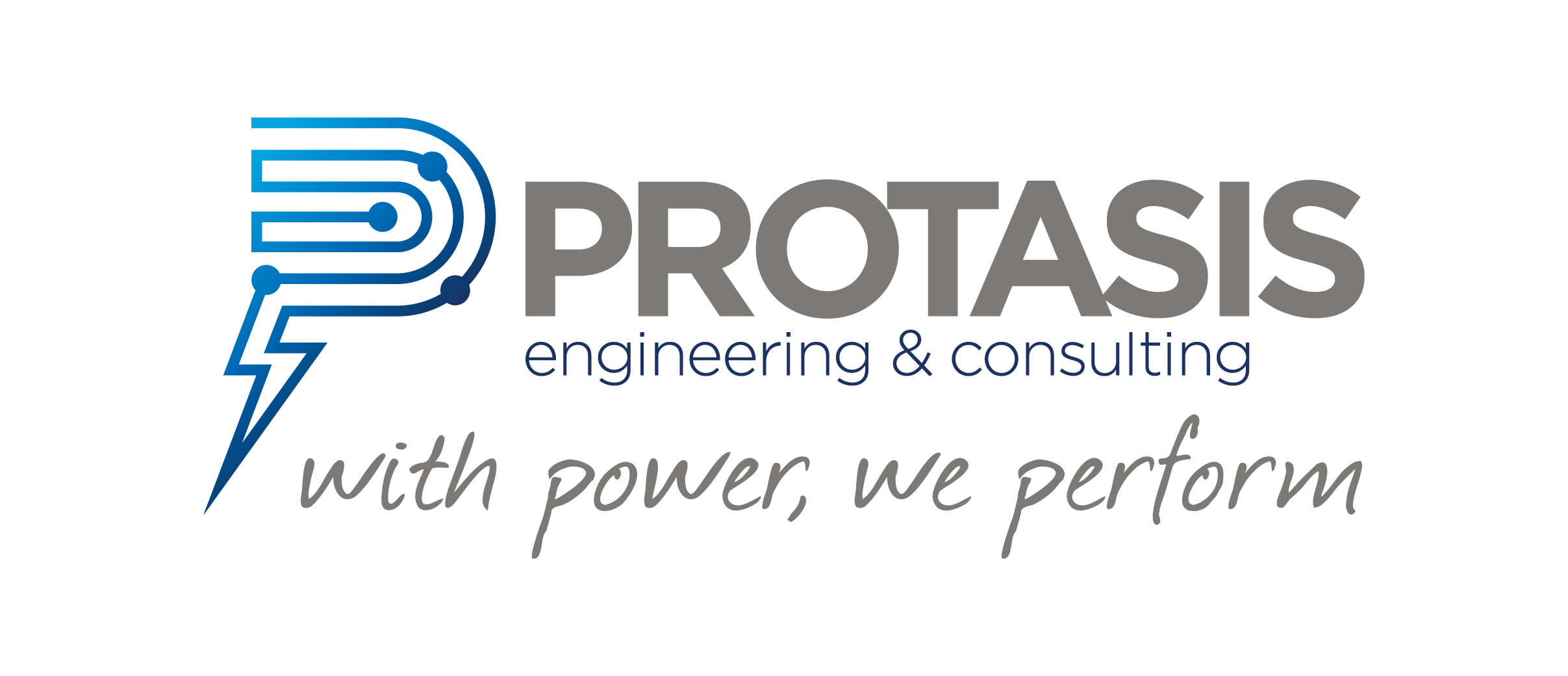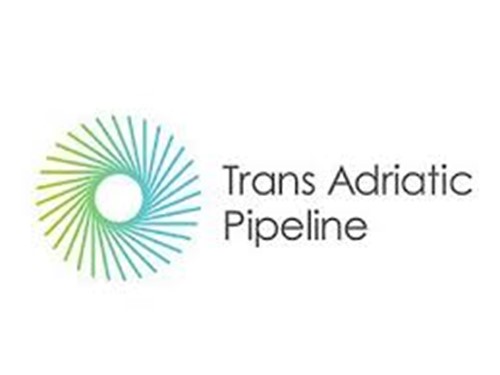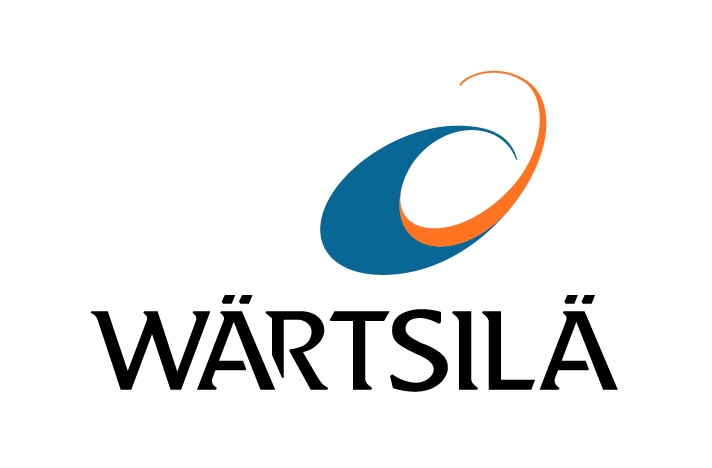"The EU is at the forefront of international efforts to fight climate change. To that end, a swathe of legislation has now been put in place to modify our common energy and climate policies in view of achieving the intermediary target of reducing EU emissions by at least 55% by 2030 compared to 1990 and to achieve full carbon neutrality by 2050.
As part of this legislation, we increased our renewable energy and energy efficiency targets. We spearheaded international commitments made at the COP28 to triple renewable energy capacity and double energy efficiency improvements by 2030. We adopted new norms and standards, including for car emissions. We also proposed new, coherent, rules for the taxation of energy products that promote energy efficiency and less polluting energies.
We also adopted legislative measures that oblige our most carbon intensive industries to drastically accelerate their decarbonisation efforts. Under the recently strengthened EU Emissions Trading System (EU ETS), the most energy intensive industrial sectors should see a further 62% reduction of their CO2 emissions by 2030 compared to 2005, in view of reaching our 2050 climate objectives.
But despite these excellent efforts by the EU, the COP28 outcome and recent confirmation that 2023 was the hottest year on record have made it abundantly clear that global emissions must urgently decrease to achieve the Paris Agreement temperature goal. The EU cannot deliver on this alone and must also ensure that the risk of carbon leakage to other parts of the world is kept to an absolute minimum.
That’s why the EU’s Carbon Border Adjustment Mechanism (CBAM) – in force in its transitional phase since 1 October last year - is so important. Its adoption in December 2022 kickstarted conversations on the issue of carbon pricing, a proven carbon mitigation instrument, more globally. There are now 73 carbon pricing schemes in nearly 50 countries and covering a quarter of emissions — a doubling since the Paris Agreement was signed in 2015. The process to increase carbon pricing’s effectiveness and scope is evolving and best practices are being exchanged internationally. In addition, a number of countries around the world are preparing to introduce carbon pricing or taxation measures: from Turkey and Ukraine to Morocco, Argentina, India and Brazil. The direction of travel on carbon pricing has been clearly set.
With 30 years of experience in this area, the EU is sharing its unique perspective with all partners and supports all international initiatives including at the WTO, the UN, the G7 Climate Club and the OECD’s Inclusive Forum on Carbon Mitigation Approaches (IFCMA) to bring further clarity around what future international regimes might look like and how different regulatory and pricing measures can be compared. Through initiatives such as CBAM, we can help spur global progress in a way that delivers clarity and certainty for industrial producers so that they can decarbonise and contribute to a brighter future for our planet, while simultaneously growing their businesses.
The CBAM’s design
Ambitious reform is reducing over a 9-year period the number of free allowances given to EU energy intensive producers of CBAM goods under the EU ETS. This will push EU producers to invest and innovate in new lower emissions processes thereby already helping to avoid carbon leakage. An Innovation Fund of €40 billion has been set aside to support industry. A number of funding calls have already been made and 34 projects in CBAM sectors have already been awarded financing of around €3.3 billion overall - for projects ranging from carbon capture and storage in the cement industry to supporting green hydrogen production.
CBAM is designed to complement this development. It incentivises industry worldwide - particularly in countries with less ambitious green standards than the EU - to reduce greenhouse gas emissions so they can export to Europe. CBAM is addressed at companies – not countries - based on their specific environmental performance. It does not impose any obligations on countries to decarbonise at a particular rhythm or to introduce specific technologies. But it rewards companies that have sustainable production processes and low CO2 emission products.
Designed in a WTO compatible way, CBAM treats EU-produced goods the same as imported goods and without putting imported goods at a disadvantage with respect to local production. It ensures this by replicating several elements of the EU ETS’s design. Firstly, CBAM covers emission intensive sectors already covered by the EU ETS. Second, the mechanism applies to the same emissions covered by the EU ETS. Finally, it applies the same carbon price to the imported goods as that paid by EU producers.
In its transitional phase until 2026, developed in full transparency and cooperation with industry (both from EU and from third country producers) through the CBAM expert group, CBAM applies only to imports of cement, iron and steel, aluminium, fertilisers, electricity and hydrogen.
In 2022, a total of 76 million tonnes of steel, 11 million tonnes of cement, 10 million tonnes of aluminium and 18 million tonnes of fertilisers, to name just the top four sectors, were brought into the Union from elsewhere. While the EU is a net importer in each of these sectors, EU production in these sectors - those most at risk of carbon leakage - does amount to over 350 million tonnes and employs almost 2 million people in the EU, most of whom work in the steel sector. In 2021, Greece produced roughly 13 million tonnes of cement (clinker and portland), 1 million tonnes of aluminium, 4 million tonnes of iron and steel and 1 million tonnes of fertilisers. Collectively, these sectors accounted for around €1,2 billion worth of imports, of which about €200 million came from Turkey.
Under CBAM, EU importers of those goods must report quarterly on the volume of their imports from non-EU countries and the GHG emissions embedded during their production, but without paying any financial adjustment at this stage. While importers are asked to collect data as of the fourth quarter of 2023, their first report only has to be submitted by 31 January 2024.
CBAM does represent a learning curve for EU importers of CBAM goods, non-EU producers and public authorities alike. That’s why we have built in several flexibilities to help smooth the transition, such as the use of Commission-published default values for calculating embedded emissions over a certain timeframe, as well as technical simplifications. We will continue to further streamline obligations as we progress.
Looking ahead to the definitive CBAM as of 2026
The CBAM’s transitional phase serves as a pilot for all stakeholders, and the quality of the information collected during the period will be crucial in deciding next steps. In a report to the Council and European Parliament in mid-2025, the Commission will draw on this data to refine the mechanism’s final design before CBAM payments begin in 2026. At the same time, we will assess a possible extension of CBAM’s scope to a limited number of other sectors covered by the ETS by 2030, to indirect emissions, other downstream goods that contain an important share of at least one of the CBAM goods, and – at the request of EU industry – to exports. For each change, all stakeholders can give their views, again via the CBAM expert group and through public consultations.
During this time, we will continue our international outreach to develop and promote understanding around the CBAM’s aims and how it can help decarbonise economies making them more competitive. More and more countries are coming on board with the aspirations inherent in CBAM’s design. Some countries, like Australia and the UK, are building similar carbon mechanism initiatives of their own. Others, like Turkey, Morocco and Egypt will introduce carbon pricing systems or taxes of their own.
CBAM can be a powerful force for change in our common drive to decarbonise industry both in the EU and globally. Over the next two years, we look forward to cooperating closely with our dynamic EU industry to perfect its implementation."
-------------------------------------------------------------------------------------------------------
* Gerassimos Thomas is Director General for Taxation and Customs Union at the European Commission
Disclaimer: "The contents of this article are the author's sole responsibility. They do not necessarily represent the views of the Hellenic Association for Energy Economics or any of its Members".
